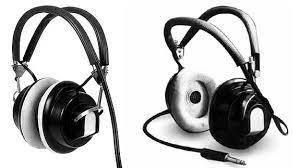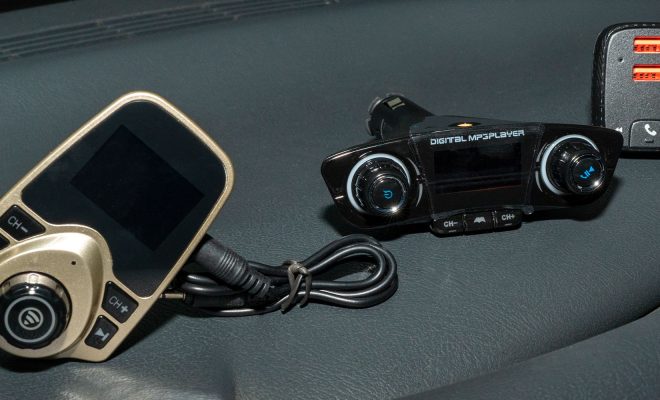The History of Headphones

Headphones have become a ubiquitous part of modern life. Whether we’re listening to music, taking phone calls, or watching videos, headphones make it possible to have a private listening experience in busy, noisy environments. But where did headphones come from, and how did they become so popular?
The history of headphones dates back to the late 19th century, when the first telephones were being developed. Initially, telephones were designed to be used with a hand-held receiver that had a earpiece and a mouthpiece. But as more people began using telephones, it became clear that a more comfortable and private listening experience was needed.
In 1895, the first headphones were invented by Nathaniel Baldwin, a self-taught engineer from Utah. Baldwin initially made the headphones in his kitchen and sold them to the US Navy. The Navy used the headphones for radio communication, and Baldwin’s design was quickly adopted by other military organizations.
As technology advanced, so did headphones. In the 1920s and 1930s, headphones became a popular accessory for radio receivers. At this time, headphones were large, bulky, and expensive, and were primarily used by radio broadcasters and professionals.
During World War II, headphones became even more vital. Military pilots used headphones for communication in their aircraft, and soldiers used them for field communication. Following the war, headphones became more widely available and affordable, and were used for a variety of purposes.
In the 1960s, the popularity of rock and roll music sparked a new era of headphone design. Companies like Koss and Sony began producing lighter, more comfortable headphones that were marketed for music listening. These headphones had smaller ear cups and were designed to be worn for longer periods of time.
Over the next few decades, headphones continued to evolve, becoming smaller, more lightweight, and more portable. With the rise of digital music in the 2000s, headphones became even more popular as people began listening to music on-the-go with their portable devices.
Today, headphones are a part of everyday life for millions of people around the world. They come in all shapes and sizes, from the familiar earbuds that come with smartphones to high-end over-the-ear headphones that can cost hundreds of dollars.
While the technology behind headphones has undoubtedly advanced since their invention over a century ago, the basic idea remains the same: to provide a private listening experience in a variety of environments. From the early days of communication technology to the modern era of digital music, headphones have played an important role in shaping the way we listen to and interact with sound.





